Whispers of Light: Kimonos and Lantern Nights in Kyoto’s Autumn Festivals
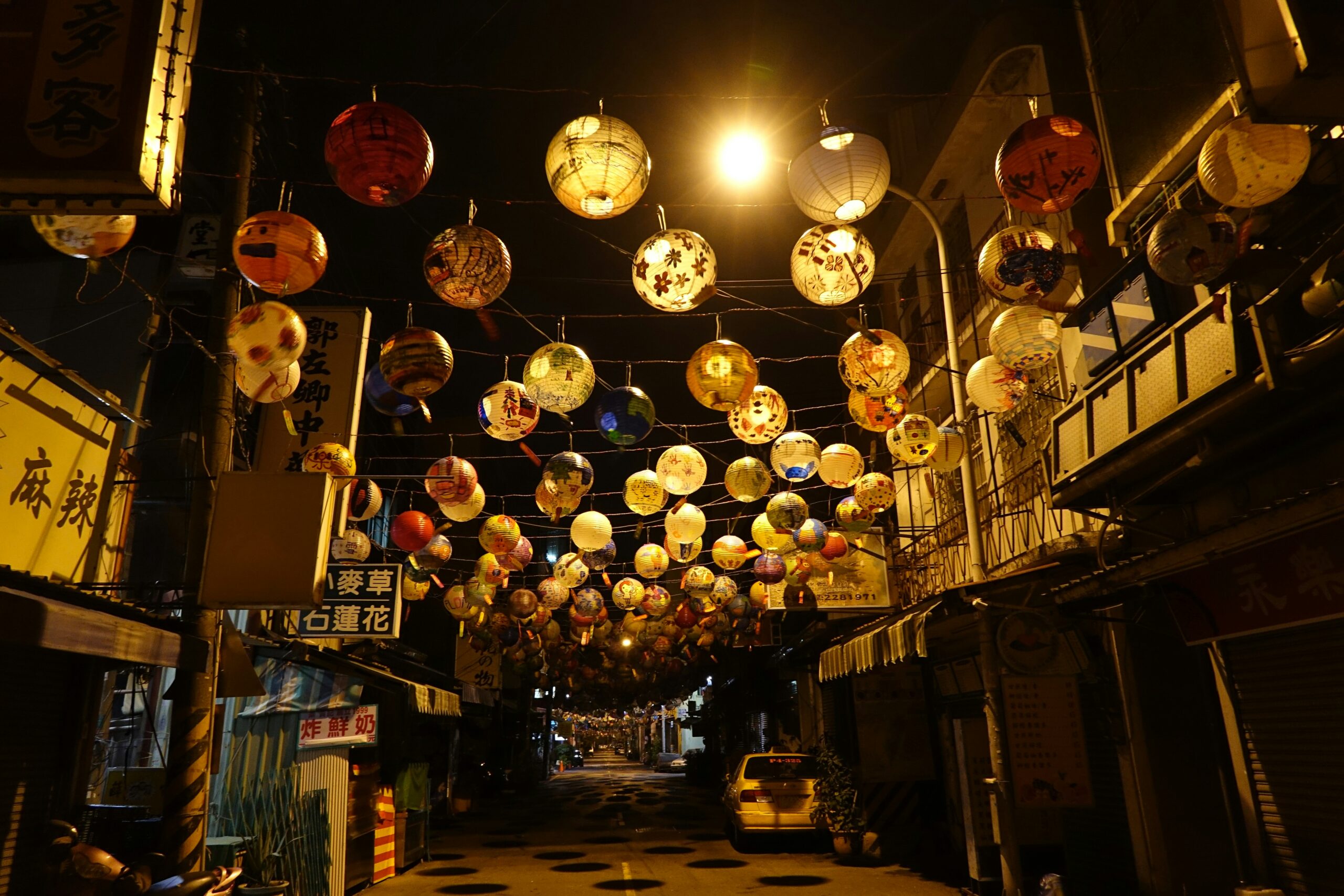
Autumn nights in Kyoto transform into magical corridors of light and tradition
As summer’s heat fades and the first cool breezes drift through Kyoto, the city begins its quiet transformation. Autumn in Kyoto is not only a season—it is a stage set in amber, gold, and crimson, where every temple, garden, and narrow street becomes a living painting. But when night falls, the city takes on an entirely different kind of magic. Lanterns bloom like glowing flowers, their warm light reflecting off the silk folds of elegant kimonos. Together, they create a timeless harmony that captures the essence of Japan’s most poetic season.
- The Poetry of Autumn Light
- Lantern Festivals: The Spirit of Celebration
- The Kimono: Autumn’s Silken Companion
- A Night in Gion: Where Tradition Glows
- Lanterns as Symbols of Transience
- The Soundscape of Autumn Nights
- The Modern Gaze: Capturing Timeless Beauty
- The Ritual of Dressing for Nightfall
- Walking Through Time: The Emotional Journey
- Beyond the Festival: The Glow That Remains
The Poetry of Autumn Light
Autumn in Kyoto is both melancholy and luminous. The air carries the scent of roasted chestnuts and incense, the sound of taiko drums echoes from temple courtyards, and the faint rustle of silk accompanies footsteps along the stone paths of Gion. When the sun sets early, the lanterns awaken. Their soft radiance against the darkness becomes a quiet conversation between the old and the new—a dialogue that Kyoto has perfected for centuries.
For those who visit during this season, wearing a kimono at night feels like stepping into that dialogue. The fabric, dyed in deep russet or muted indigo, catches the flickering light with a subdued glow. Every pattern tells a story: maple leaves dancing in the wind, golden fans opening to reveal chrysanthemums, or subtle geometric motifs representing rivers and wind. In this gentle interplay of fabric and flame, Kyoto’s soul reveals itself.
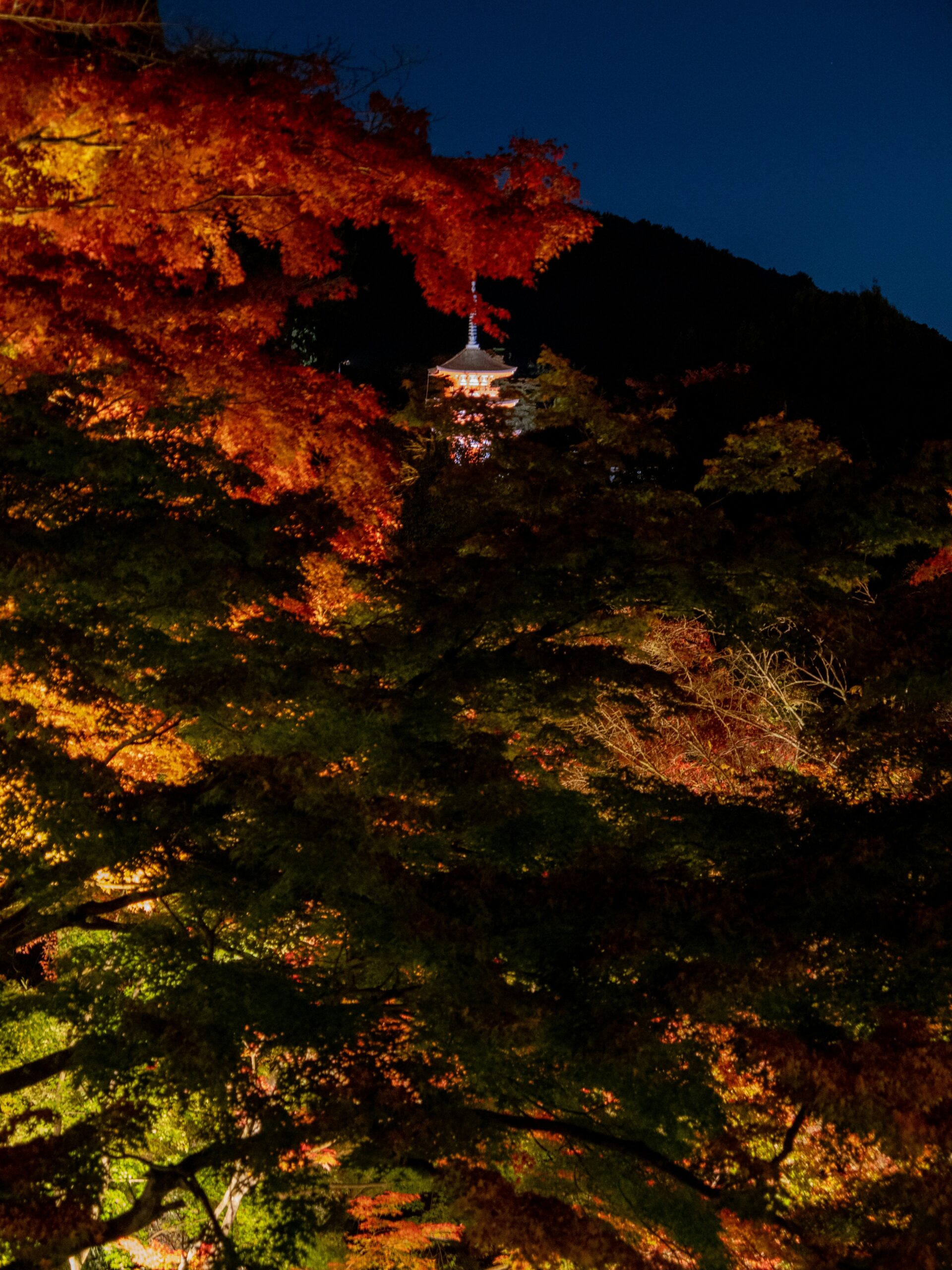
Kiyomizu-dera Temple suspended over a valley of fiery autumn colors
Lantern Festivals: The Spirit of Celebration
Kyoto’s autumn lantern festivals are not mere spectacles; they are cultural rituals that connect people to time, place, and memory. The Kiyomizu-dera Autumn Illumination, for example, bathes one of the city’s most iconic temples in golden light. As visitors ascend the hill in kimono, the wooden stage of Kiyomizu glows against the night sky, suspended over a valley of fiery maples. Every photo taken here seems to capture not just a moment, but an emotion—the serenity of belonging to something eternal.
Similarly, the Arashiyama Hanatouro Festival, held in early December, transforms the famous bamboo grove and riverbanks into a world of quiet wonder. Thousands of lanterns line the paths, leading visitors through a dreamlike corridor of light and shadow. Walking in kimono through this luminous landscape feels like being part of a living haiku—a fleeting, perfect moment that exists only between dusk and dawn.
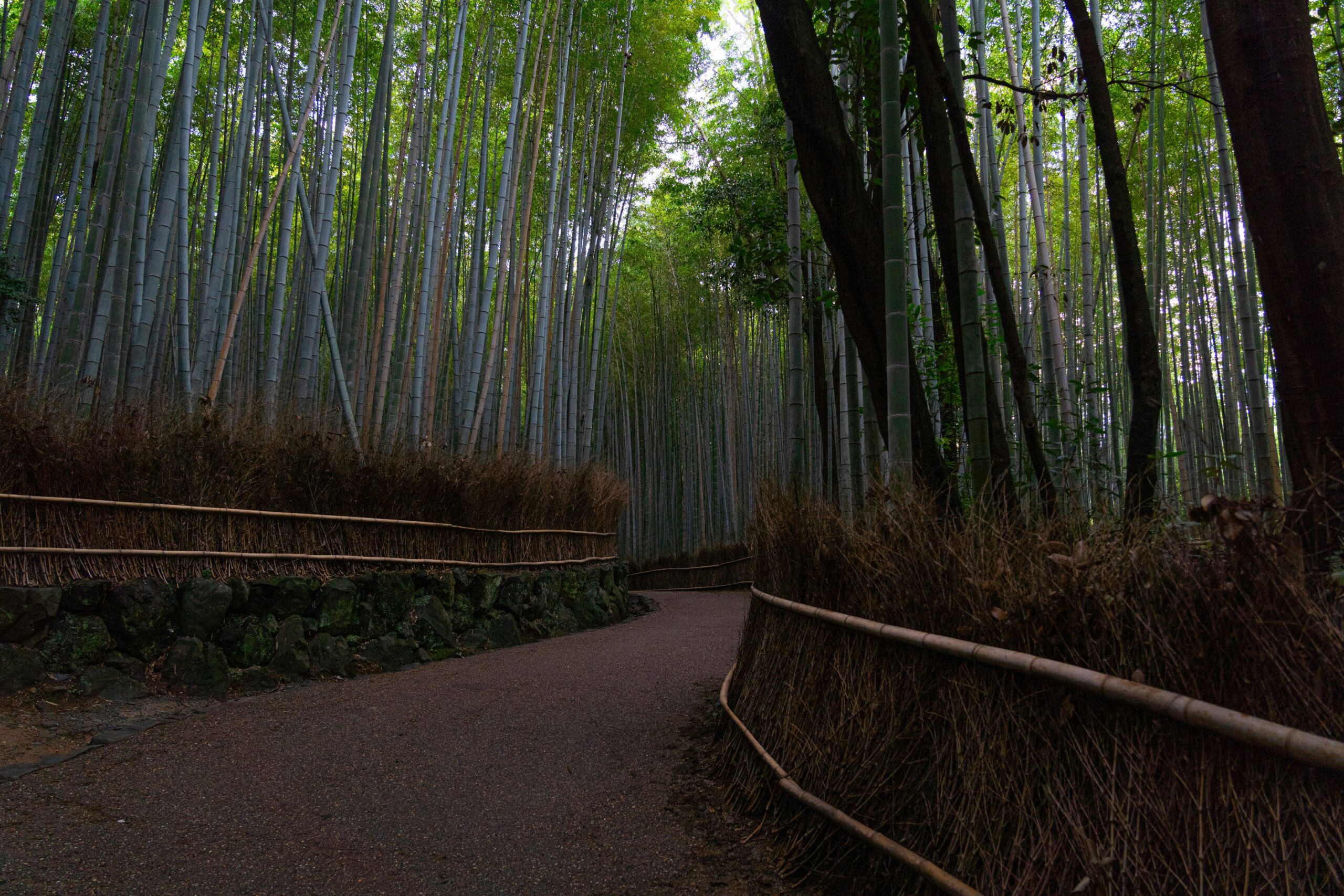
Arashiyama’s bamboo grove transformed into a dreamlike corridor of light
The Kimono: Autumn’s Silken Companion
A kimono is more than clothing; it is a language of color, season, and occasion. In autumn, Kyoto’s kimono designs shift to reflect the earth’s changing palette. Fabrics in burnt orange, plum, moss green, and ivory mirror the falling leaves and fading sunlight. Accessories follow suit—obi belts in brocade gold, silk haori coats in understated tones, and delicate hairpins adorned with motifs of maple leaves or chrysanthemums.
Wearing a kimono during a lantern festival enhances the sensory experience. The gentle swish of silk accompanies each step, and the texture of the fabric contrasts beautifully with the night air. Under lantern light, the kimono seems alive, its sheen changing with every flicker of flame. For many visitors, this is not just about fashion—it is a way of participating in Kyoto’s timeless rhythm, of moving through history with grace.
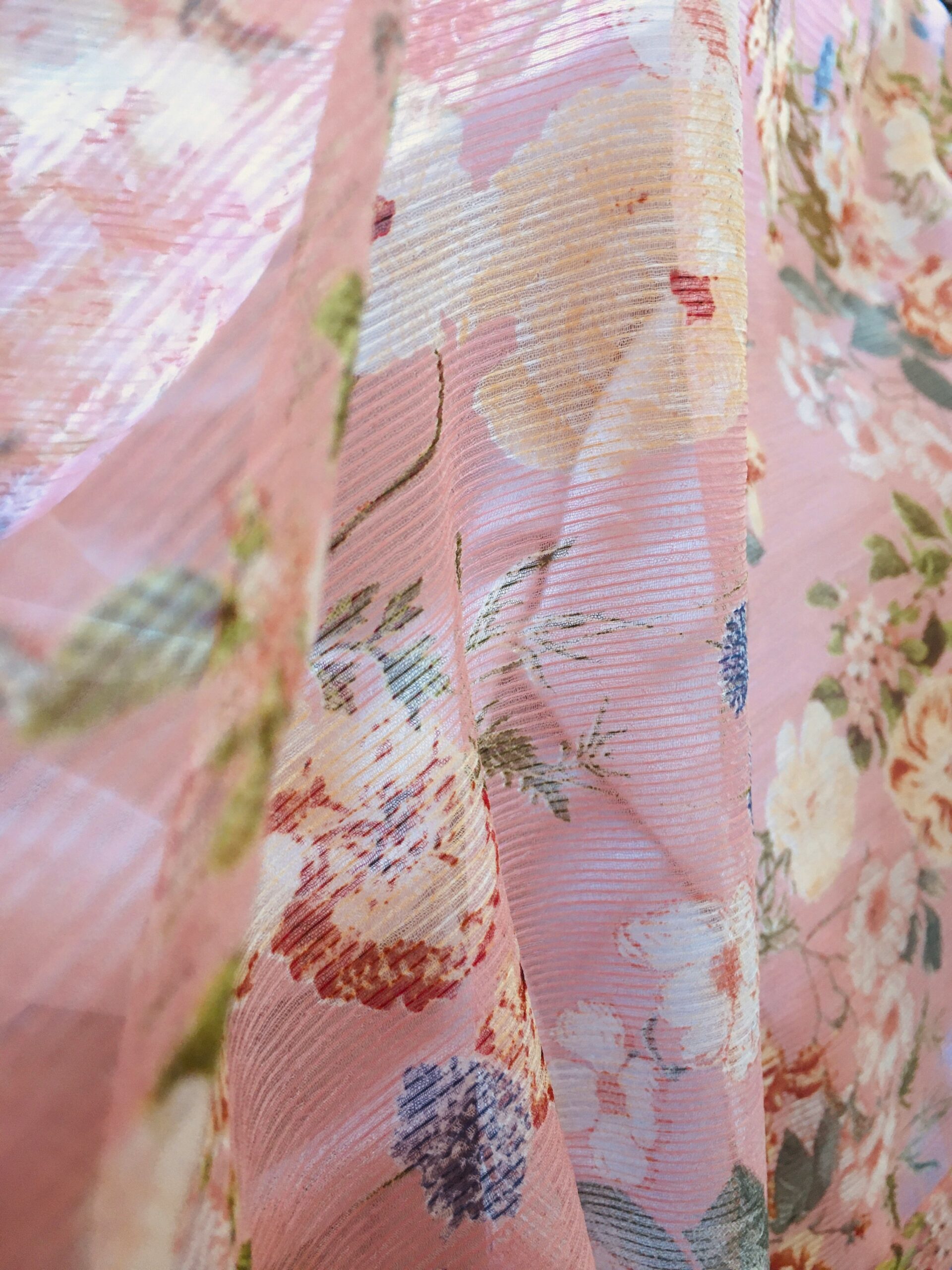
Kimono fabrics adorned with delicate maple leaf patterns embody autumn’s elegance
A Night in Gion: Where Tradition Glows
In Kyoto’s Gion district, tradition breathes in every narrow alley and wooden lattice window. During the autumn months, when lanterns are strung along Hanamikoji Street, Gion becomes an open-air stage. Visitors in kimono wander past ochaya teahouses, where the soft sound of shamisen music drifts through paper screens. Occasionally, a maiko appears—her white makeup luminous under the lantern glow, her embroidered kimono whispering of elegance and discipline.
It is in these moments that Kyoto feels most alive. The city does not shout its beauty; it reveals it slowly, in layers of light and silence. Wearing a kimono here is not about being seen—it is about seeing differently. Each reflection in a lantern, each glimmer on the silk sleeve, becomes a reminder that beauty in Japan is often found in what is fleeting.
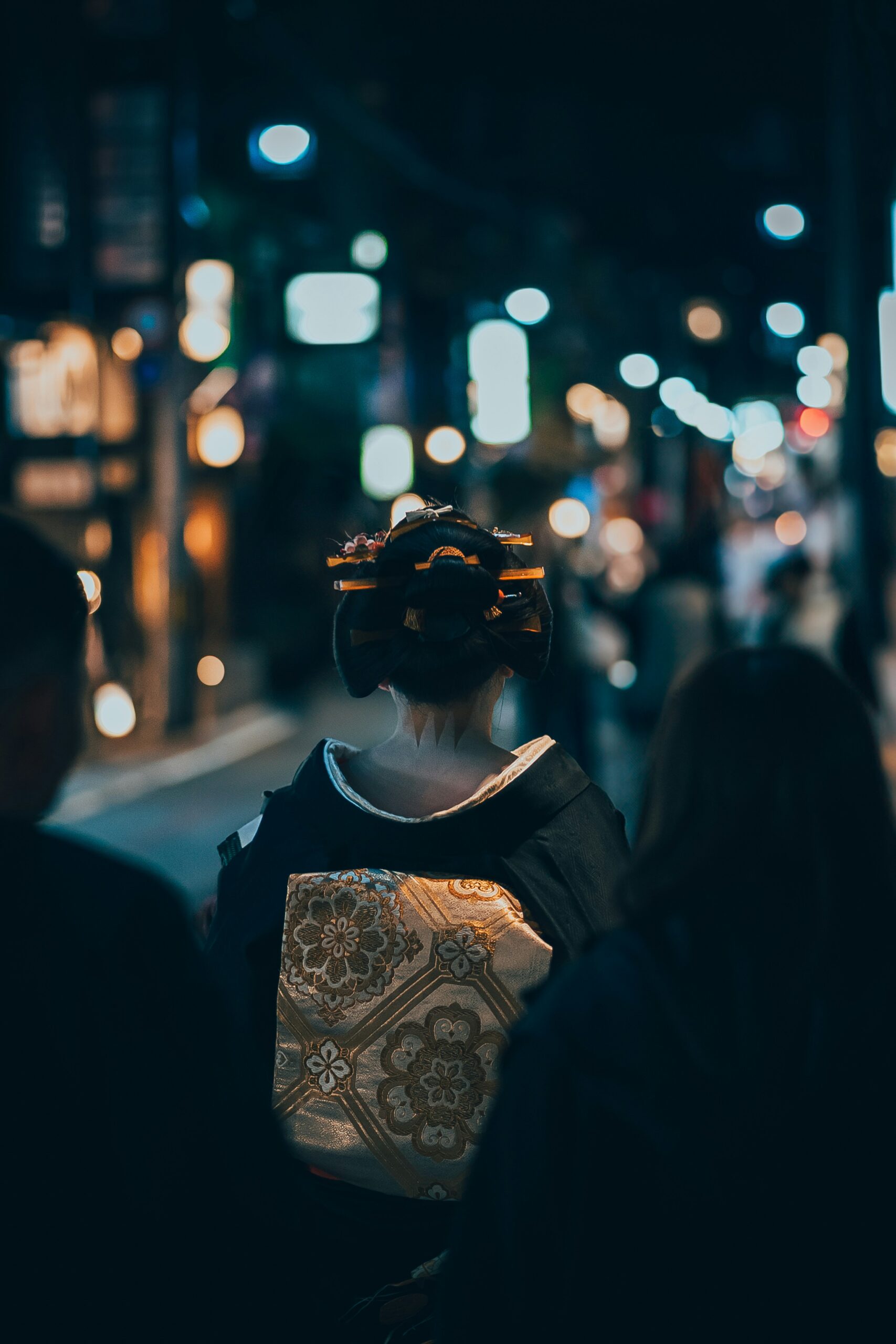
Gion’s lantern-lit streets evoke timeless elegance and mystery
Lanterns as Symbols of Transience
Lanterns have long symbolized impermanence in Japanese culture. Their light exists only as long as the flame burns, echoing the Buddhist idea that all things are transient. In autumn, this symbolism deepens. The falling leaves, the shortening days, and the warm glow of lanterns together create a visual metaphor for life’s fleeting beauty.
The act of lighting a lantern during a festival—whether at Chion-in Temple’s grand illumination or a small neighborhood gathering—is both communal and personal. Each light represents gratitude, remembrance, and hope. And when hundreds of these lights are seen together, they transform the landscape into a river of gold. Visitors who walk among them in kimono are not just observers—they become part of the story, carrying that light within themselves long after the night ends.
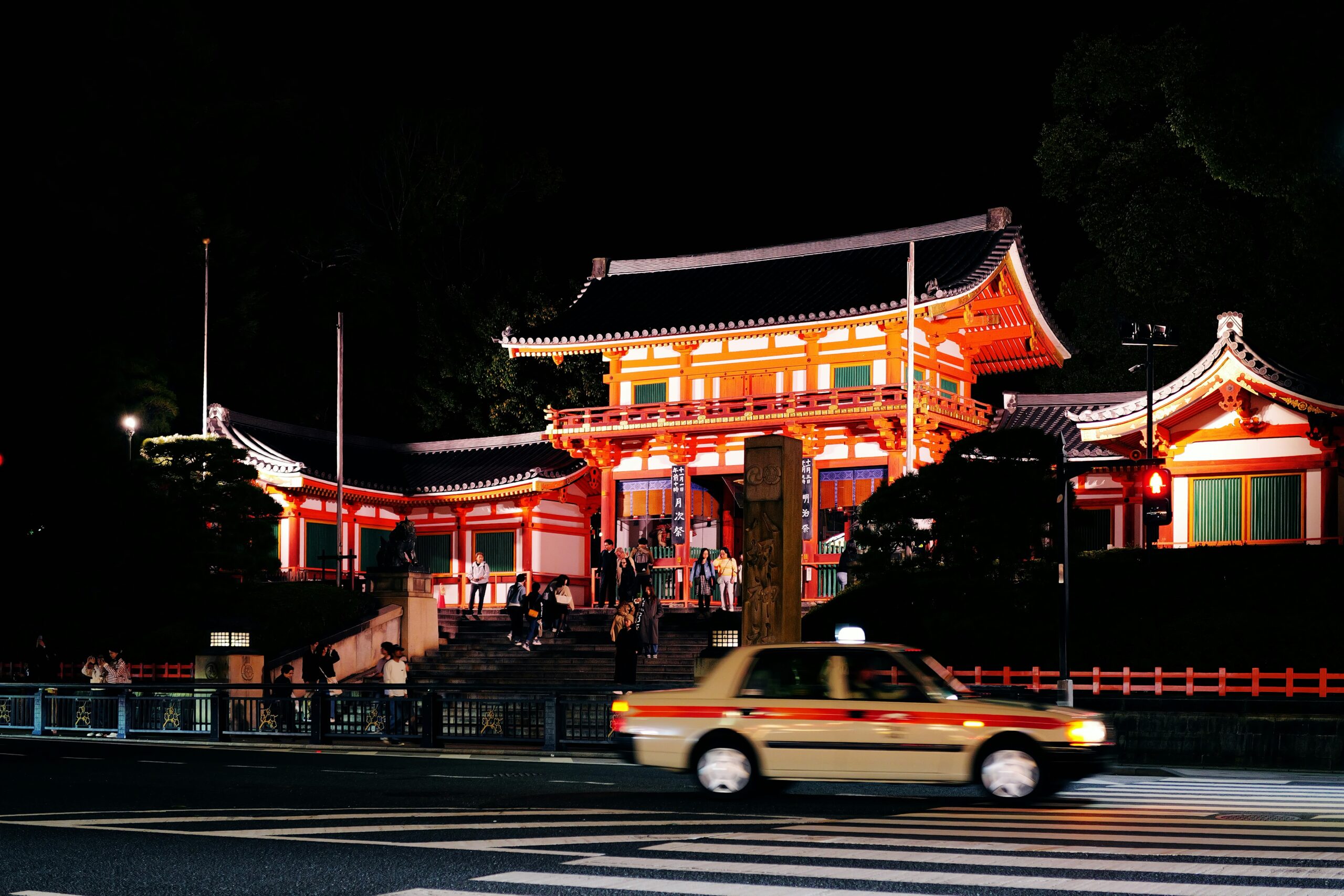
Lanterns line Kyoto’s ancient pathways, guiding visitors through illuminated history
The Soundscape of Autumn Nights
Kyoto’s autumn nights are not silent. They are filled with sounds that define the season: the distant tolling of temple bells, the rustle of bamboo leaves, the murmur of the Kamogawa River, and the occasional laughter of people sharing sweet sake under the moon. For those wearing a kimono, the experience becomes even more immersive—the layers of silk seem to muffle the world, turning every sound into part of a living poem.
At certain moments, everything aligns: a gust of wind stirs the lantern flames, a maple leaf lands softly on your sleeve, and the city’s ancient rhythm pulses quietly beneath your feet. These are the moments travelers remember most—when the line between self and season disappears.
The Modern Gaze: Capturing Timeless Beauty
In an age where every experience seeks to be photographed, Kyoto’s lantern nights remain effortlessly authentic. Photographers gather along temple paths and riverbanks, eager to capture the interplay of kimono textures and warm light. Yet even the best lens struggles to convey the true feeling of being there—the coolness of the night, the faint scent of sandalwood, the intimacy of shadows dancing across ancient walls.
That is why professional photo experiences in Kyoto, such as those offered by Allphotos Kyoto, have become so cherished. They help visitors preserve not just an image, but an emotion—the quiet grace of walking through Kyoto’s autumn nights in kimono, surrounded by lanterns that seem to breathe with the city itself.
The Ritual of Dressing for Nightfall
Preparing for an evening festival in kimono is itself a ceremony. The process of layering garments, adjusting the obi, and styling the hair connects the wearer to centuries of tradition. Even choosing the right accessories—a subtle clutch, embroidered tabi socks, or a shawl for the cool air—becomes an act of mindfulness.
Local kimono rental studios in Kyoto take pride in helping visitors achieve this harmony. Stylists understand not just aesthetics, but the emotional tone of the season. For an autumn lantern walk, they might suggest a subdued color palette with a hint of red, symbolizing the warmth of human connection amid the cooling air. When you finally step outside, the lantern light welcomes you like an old friend.
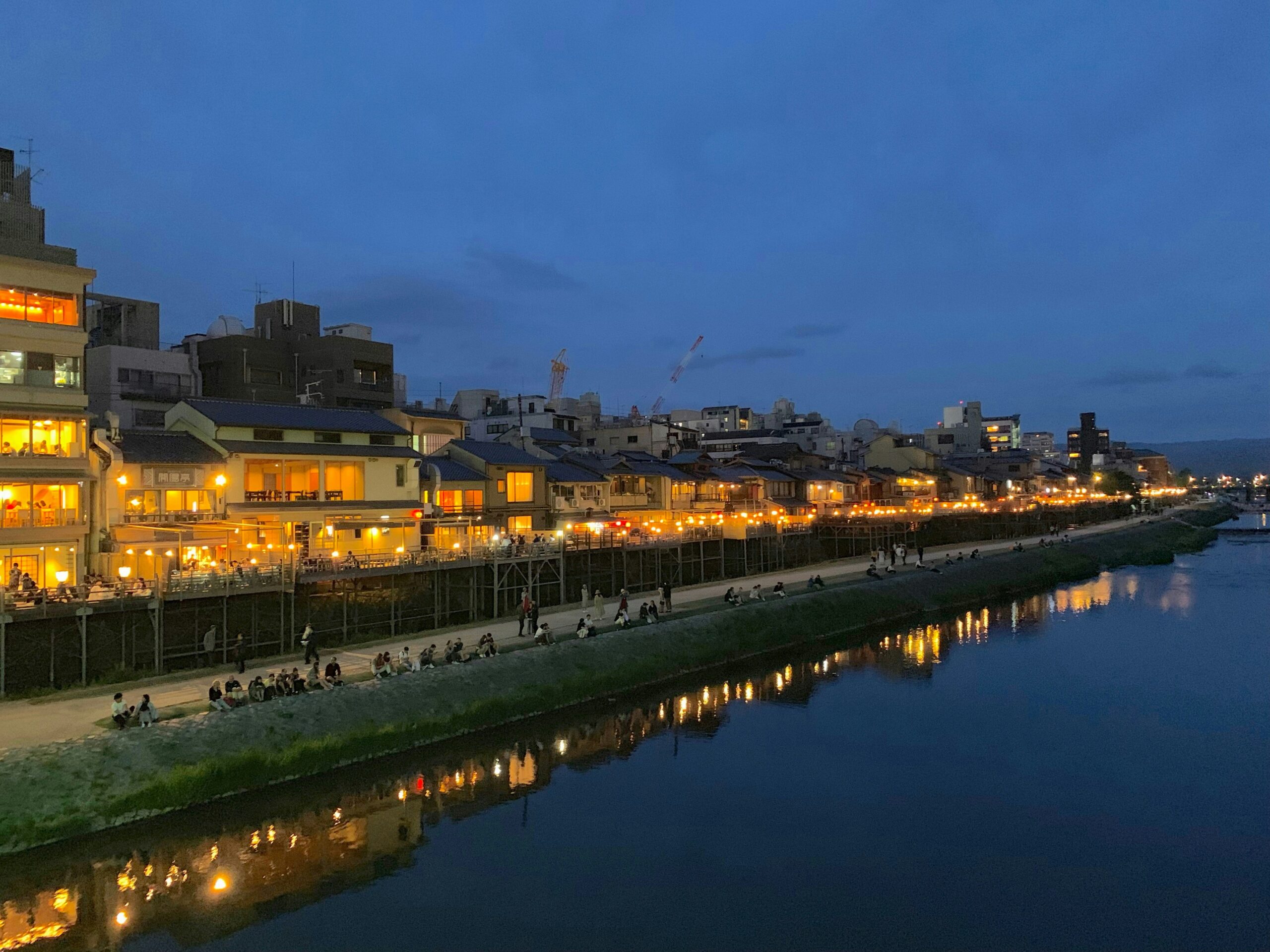
Temple illuminations reflect in still waters, doubling autumn’s enchantment
Walking Through Time: The Emotional Journey
Every street in Kyoto tells a story. Walking through Pontocho’s narrow alleys or across the Togetsukyo Bridge in Arashiyama under a sky dotted with lanterns feels like entering a realm where time slows down. The city’s beauty lies not in grand gestures but in quiet details—the reflection of light on water, the hush that falls over a crowd during a temple illumination, the feeling of silk brushing against your wrist as you turn a corner.
Visitors often describe a deep sense of calm and connection during these walks. In Japanese, this feeling might be called aware—a gentle sadness at the passing of things, balanced by appreciation for their beauty. In that moment, the kimono and lantern become symbols of presence: reminders that life’s most beautiful moments are those we can never hold for long.
Beyond the Festival: The Glow That Remains
When the last lanterns are extinguished and the night returns to darkness, something remains—a quiet glow inside the heart. Kyoto’s autumn nights remind us that beauty is not about permanence; it is about noticing. Whether you come from across the world or just across town, walking through Kyoto in kimono under the soft light of lanterns changes how you see the world.
It teaches patience, reverence, and gratitude for small moments: the sound of your own footsteps, the warmth of silk, the flicker of a single flame. In a world that moves too fast, Kyoto invites you to slow down—to see, to feel, to remember.
And as you return home, perhaps you’ll find that part of Kyoto’s light has come with you.

コメント